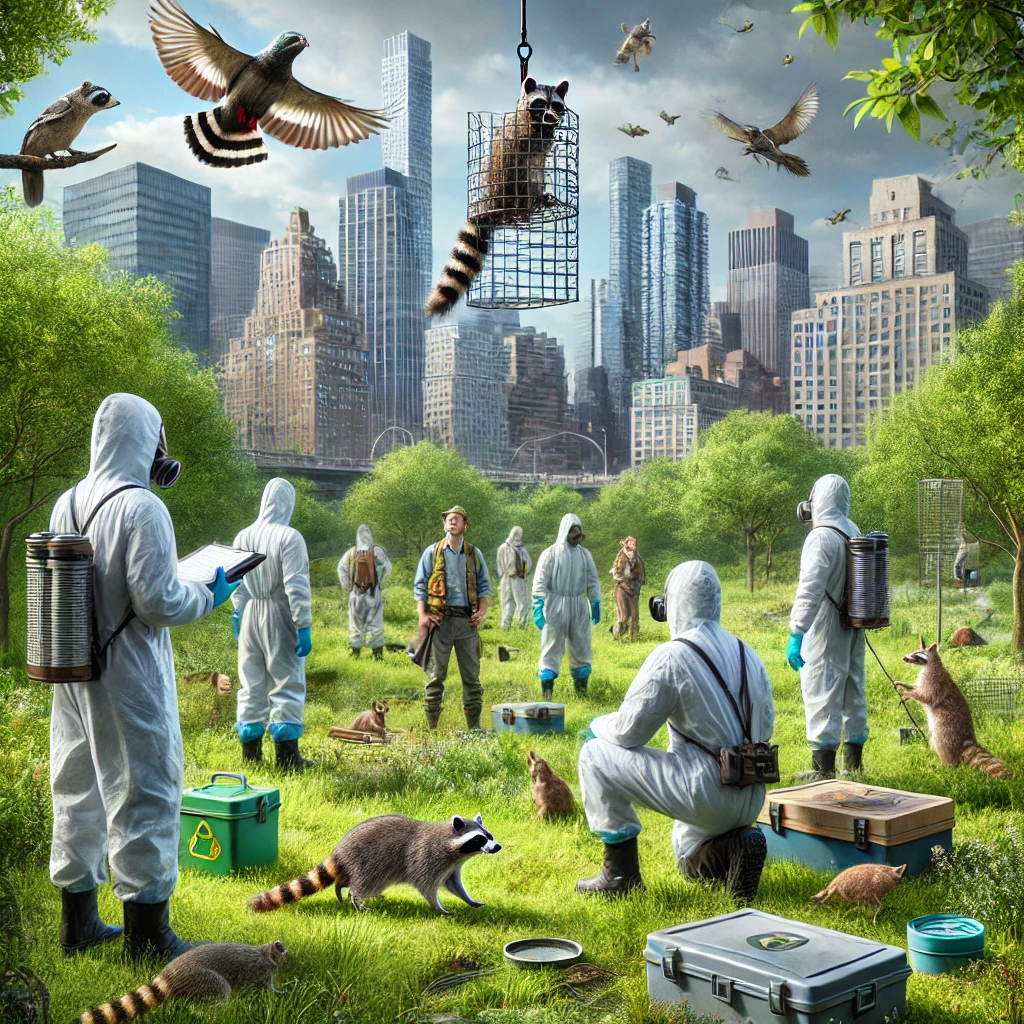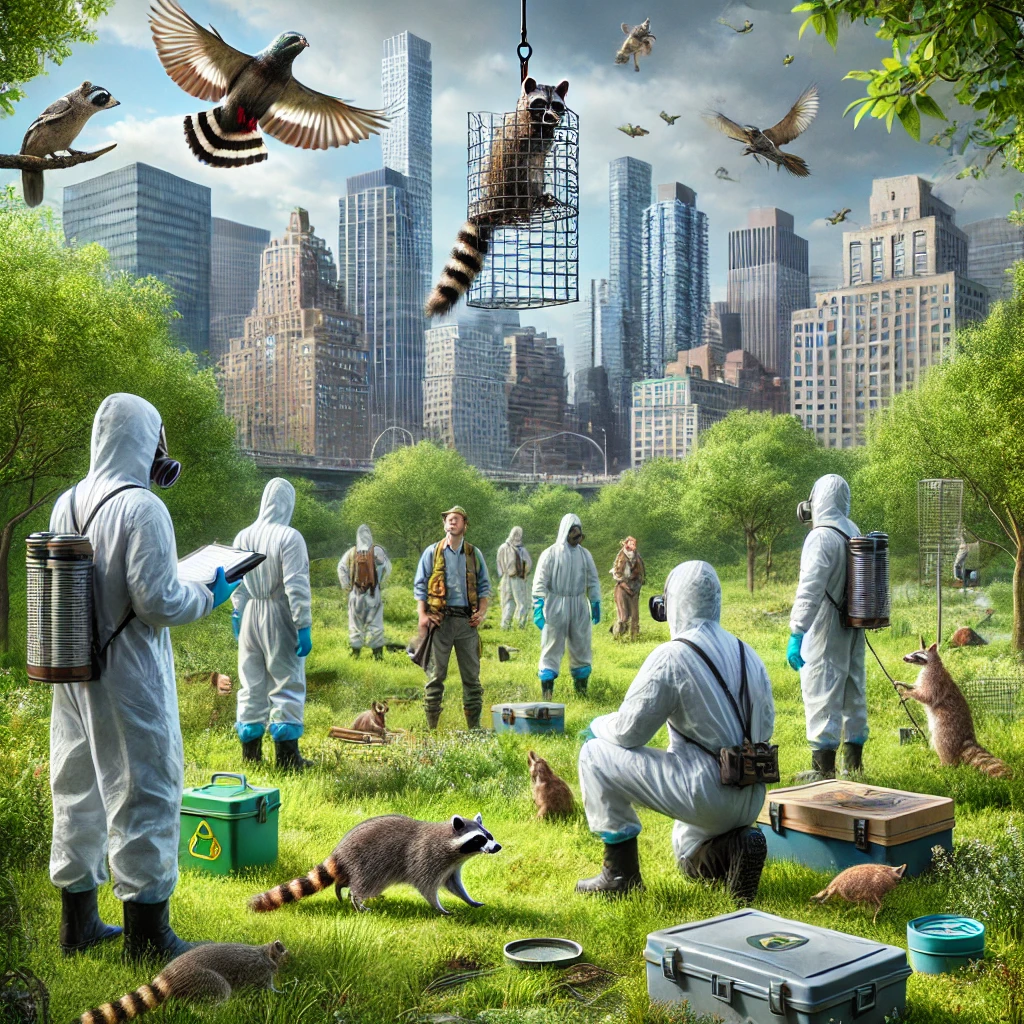
Introduction
Pest management in urban wildlife conservation areas is crucial for maintaining ecological balance and ensuring the health of both wildlife and their habitats. Urban conservation areas, often located in city parks or green spaces, provide essential refuge for various species. However, these areas can be vulnerable to pest infestations that threaten both wildlife and the integrity of the conservation efforts.
Challenges in Urban Wildlife Conservation Areas
Urban wildlife conservation areas face unique challenges related to pest management. High population densities and human activities often attract pests, such as rodents and insects, which can disrupt natural ecosystems. Additionally, urban environments may contain pollutants and waste that exacerbate pest problems. Managing pests in these areas requires a delicate balance to protect wildlife while minimizing the impact on the environment.
Integrated Pest Management (IPM) Strategies
Integrated Pest Management (IPM) is a key approach to managing pests in urban wildlife conservation areas. IPM combines monitoring, preventive measures, and targeted treatments to control pest populations effectively. In these areas, IPM strategies may include habitat modifications, such as reducing standing water and waste, to deter pests. Biological controls, such as introducing natural predators, can also be effective in managing pest populations without harming wildlife.
Impact of Pests on Wildlife and Ecosystems
Pests can have significant impacts on wildlife and ecosystems within urban conservation areas. For example, invasive insect species can outcompete native species for resources, leading to imbalances in the ecosystem. Rodents may damage plants and disrupt nesting sites, affecting bird and small mammal populations. Effective pest management is essential to mitigate these impacts and support the overall health of the conservation area.
Collaboration and Community Involvement
Successful pest management in urban wildlife conservation areas often involves collaboration with local communities and stakeholders. Educating the public about the importance of maintaining clean and safe environments can help reduce pest attractants. Engaging with conservation organizations, local government, and residents ensures a coordinated approach to pest management that benefits both wildlife and the urban environment.
Future Directions in Urban Pest Management
Future pest management strategies in urban wildlife conservation areas are likely to focus on advanced technologies and sustainable practices. Innovations such as automated pest monitoring systems and eco-friendly treatments will enhance pest control efforts. Additionally, ongoing research into the interactions between urban pests and wildlife will inform more effective management strategies. By adopting these advancements, urban conservation areas can continue to thrive as safe havens for wildlife.
Conclusion
Pest management is essential for the health and sustainability of urban wildlife conservation areas. By implementing integrated pest management strategies, addressing the challenges specific to urban environments, and fostering collaboration, these areas can be protected and preserved for future generations. Advancements in pest management technology and practices will further support the conservation of urban wildlife habitats.

